
Do you love birds of prey? Do you love drawing? Join us on Sunday, December 2, 2018 at the Museum of American Bird Art for our Drawing Hawks and Falcons from Life workshop. Click here to register!
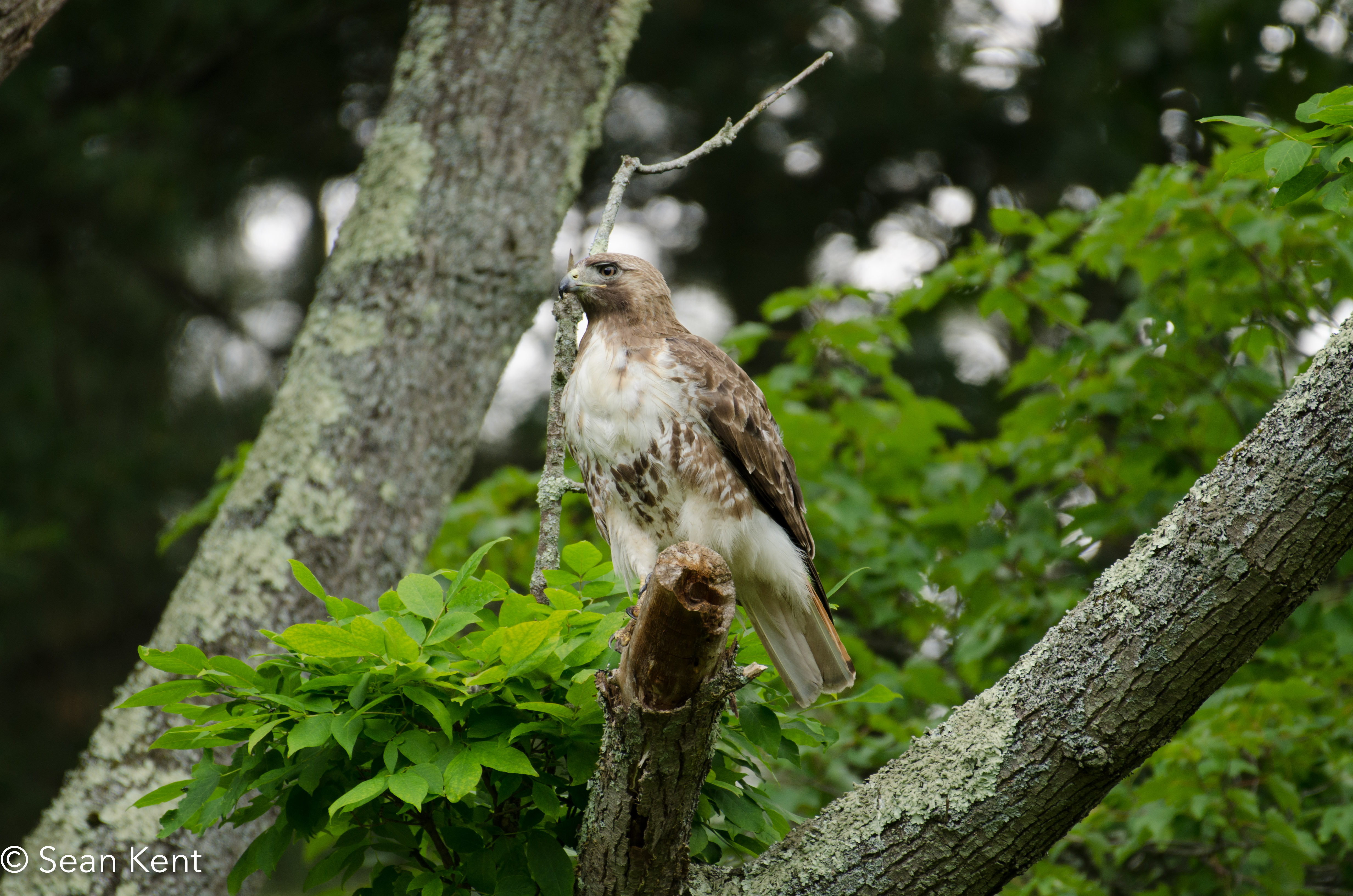

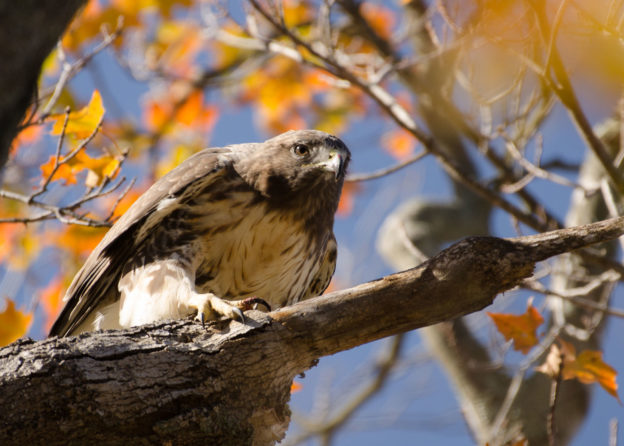

Do you love birds of prey? Do you love drawing? Join us on Sunday, December 2, 2018 at the Museum of American Bird Art for our Drawing Hawks and Falcons from Life workshop. Click here to register!

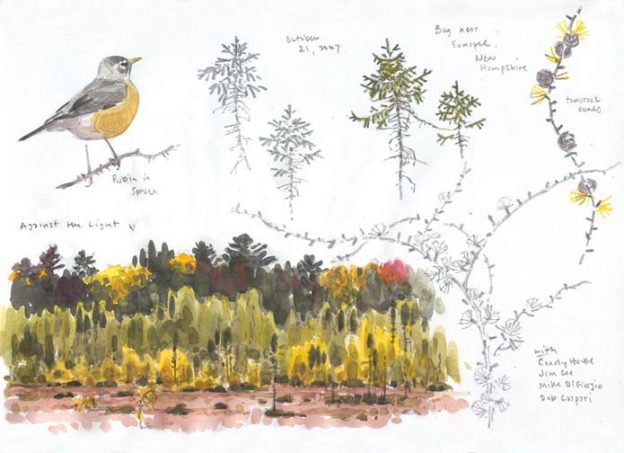
As part of our annual Taking Flight youth bird art exhibition, different acclaimed bird artists will offer advice to budding young artists. The goal of the Taking Flight exhibition is to create a greater awareness, conservation, and appreciation for birds while fostering the development of young artists and sharing their work with the public. Submissions accepted March 1–June 15, 2018. Click here for more information.
Our first post is by internationally recognized wildlife artist, Barry Van Dusen, who was recently an artist in residence at the Museum of American Bird Bird and meet with the young bird artists in the 2017 Taking Flight exhibition.
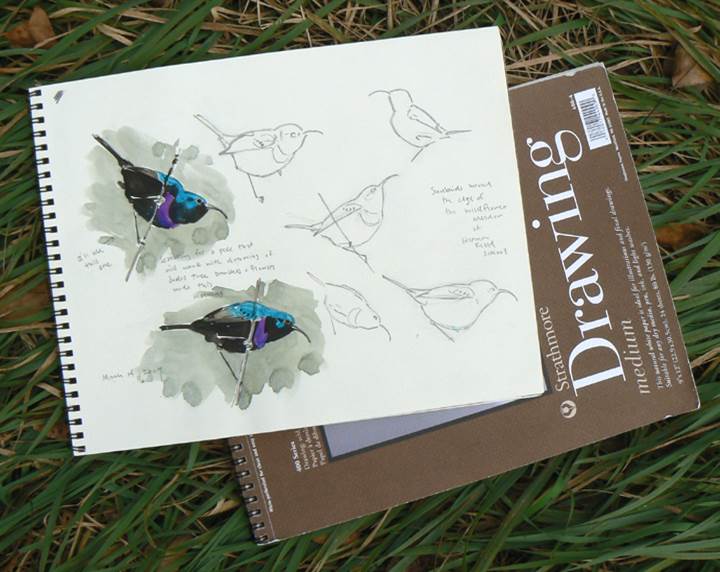
If you’re serious about becoming a good naturalist and a good artist, start keeping a nature journal/ sketchbook to record your observations.

A young artist looking closely and sketching what she notices
Learn to look carefully and NOTICE what you see.
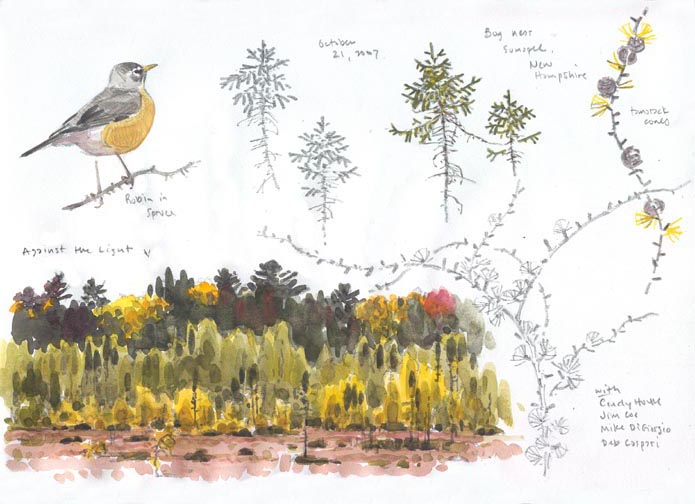

Young artists sketchbook
It’s more important to OBSERVE carefully and RECORD your discoveries than it is to make pretty pictures in your sketchbook. Try to LEARN SOMETHING NEW each time you use your sketchbook

Young artist’s sketchbook in winter
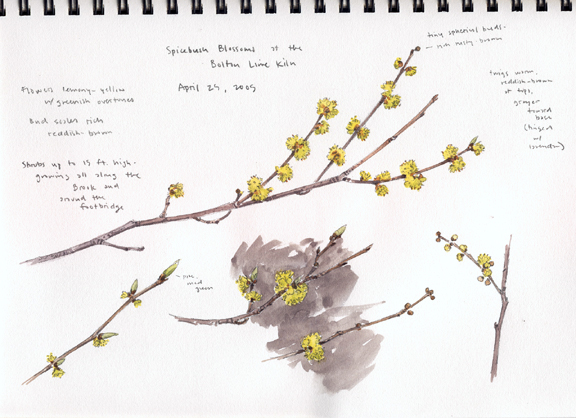
Make WRITTEN NOTES along with your drawings to help you remember what you observe.

When you’re just beginning, practice drawing leaves, twigs, pinecones, seashells, crab shells, dead insects and other natural object you find outdoors. These things do not move, so you can take your time to look at and draw them.
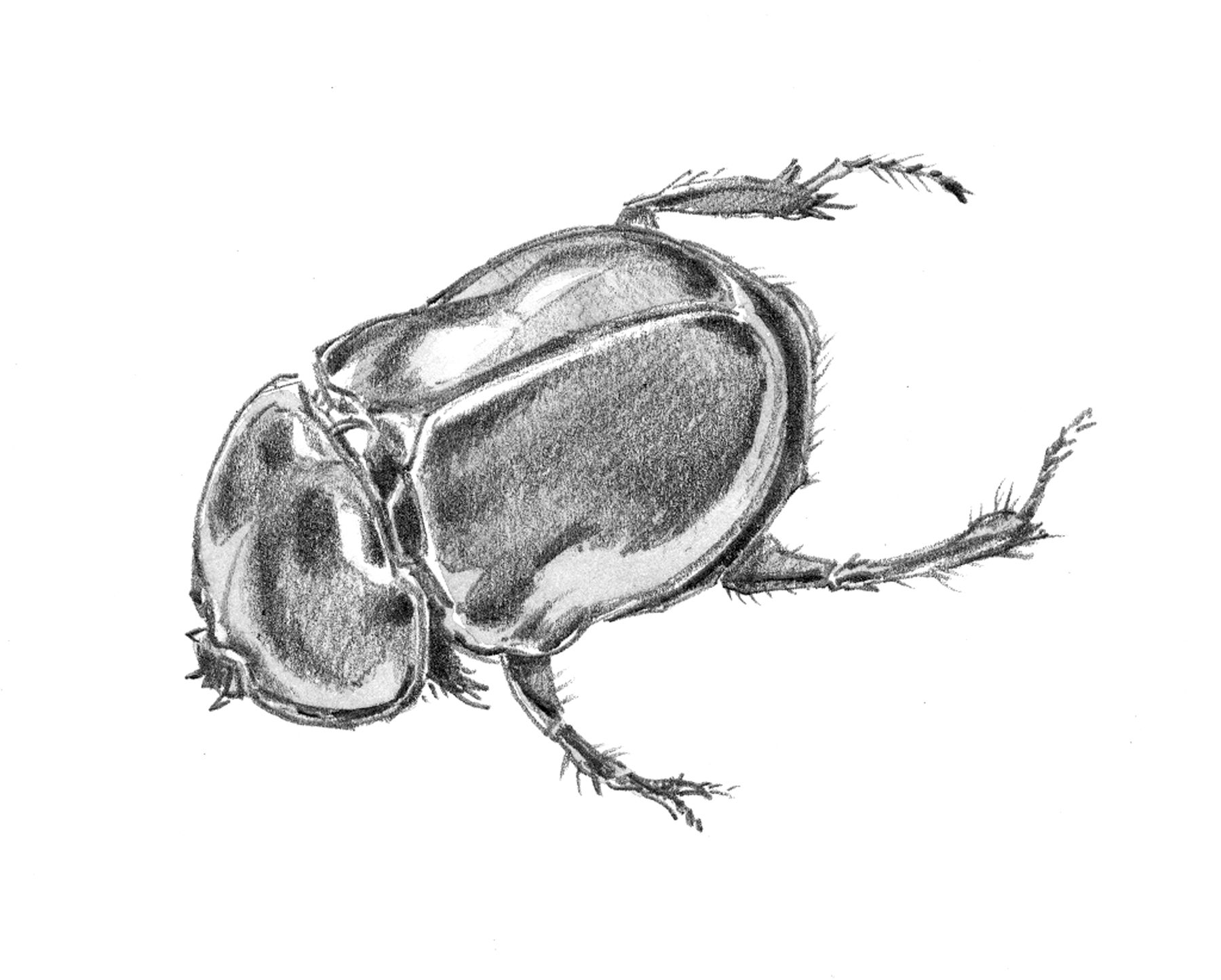
Draw the plants and flowers you find in a garden.
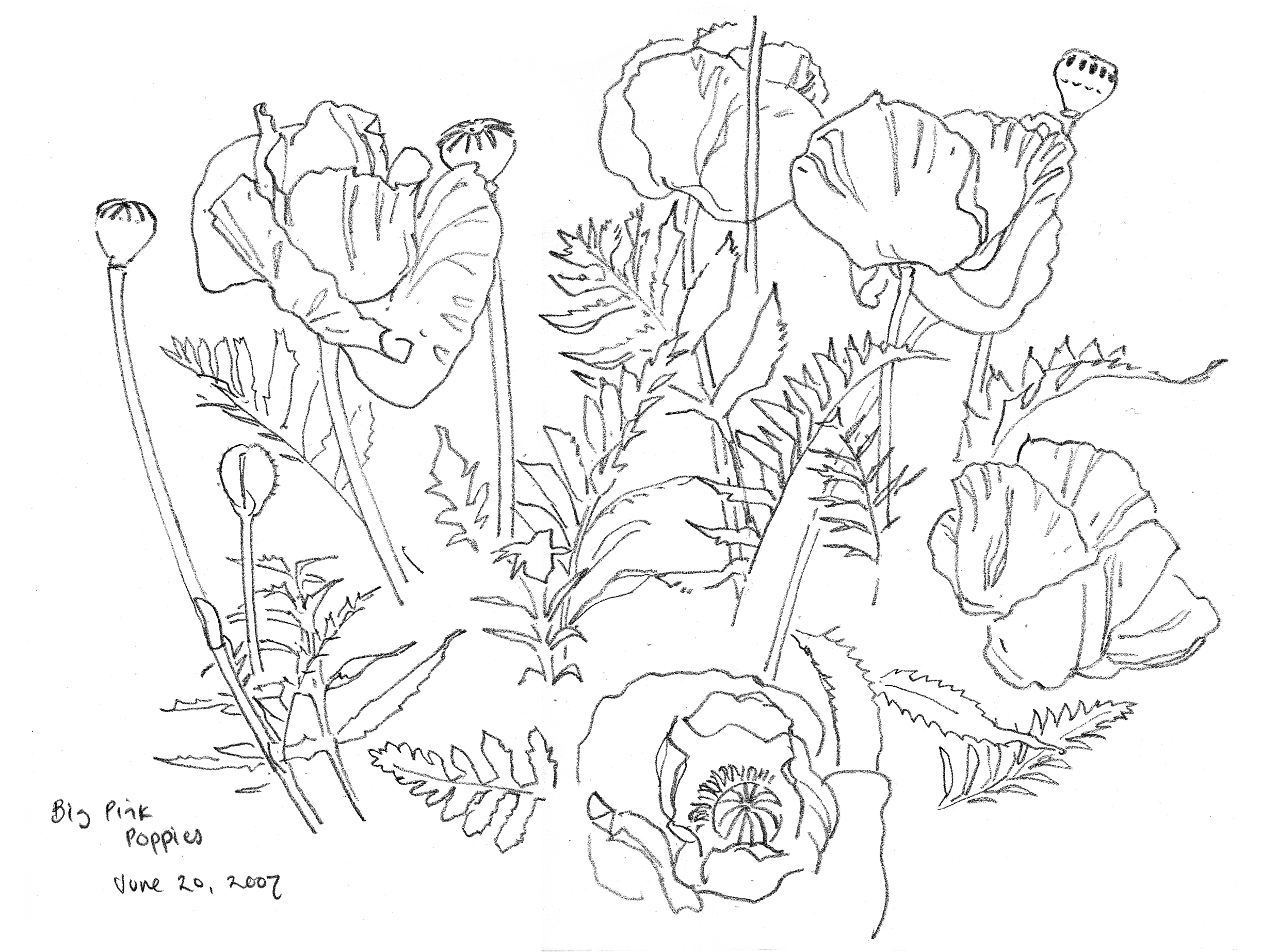
Try to draw the SHAPES you see with simple line drawings. Drawing accurate shapes takes lots of PRACTICE! Artists call these “contour drawings”.
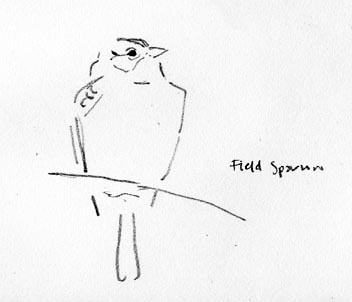

Visit museums to observe and draw the stuffed animals, skeletons, and other specimens.
It may sound gross, but drawing from freshly dead birds (window strikes or birds hit by cars), is also a great way to practice drawing and to learn about animals. (Give the birds a proper burial after you draw them.)
You can practice drawing subjects like birds from photographs, too. Start with sketchy lines to block out the bird.

Notice the proportion of the head to the body, and the different angles made by the bill, tail, wing and legs. The birds in the photographs don’t move, so you can take your time.
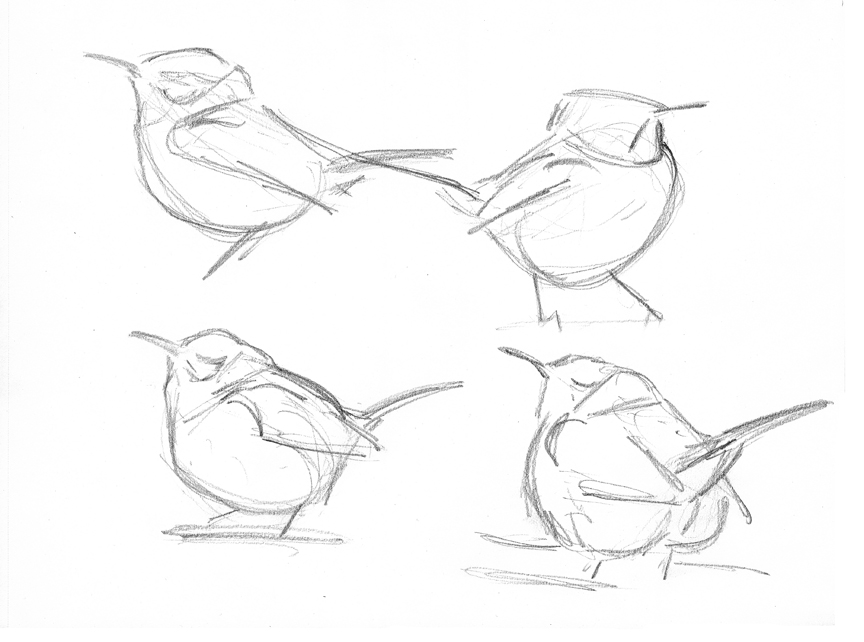
There are lots of places where you can get close to live animals and try drawing them:
Bird feeders…
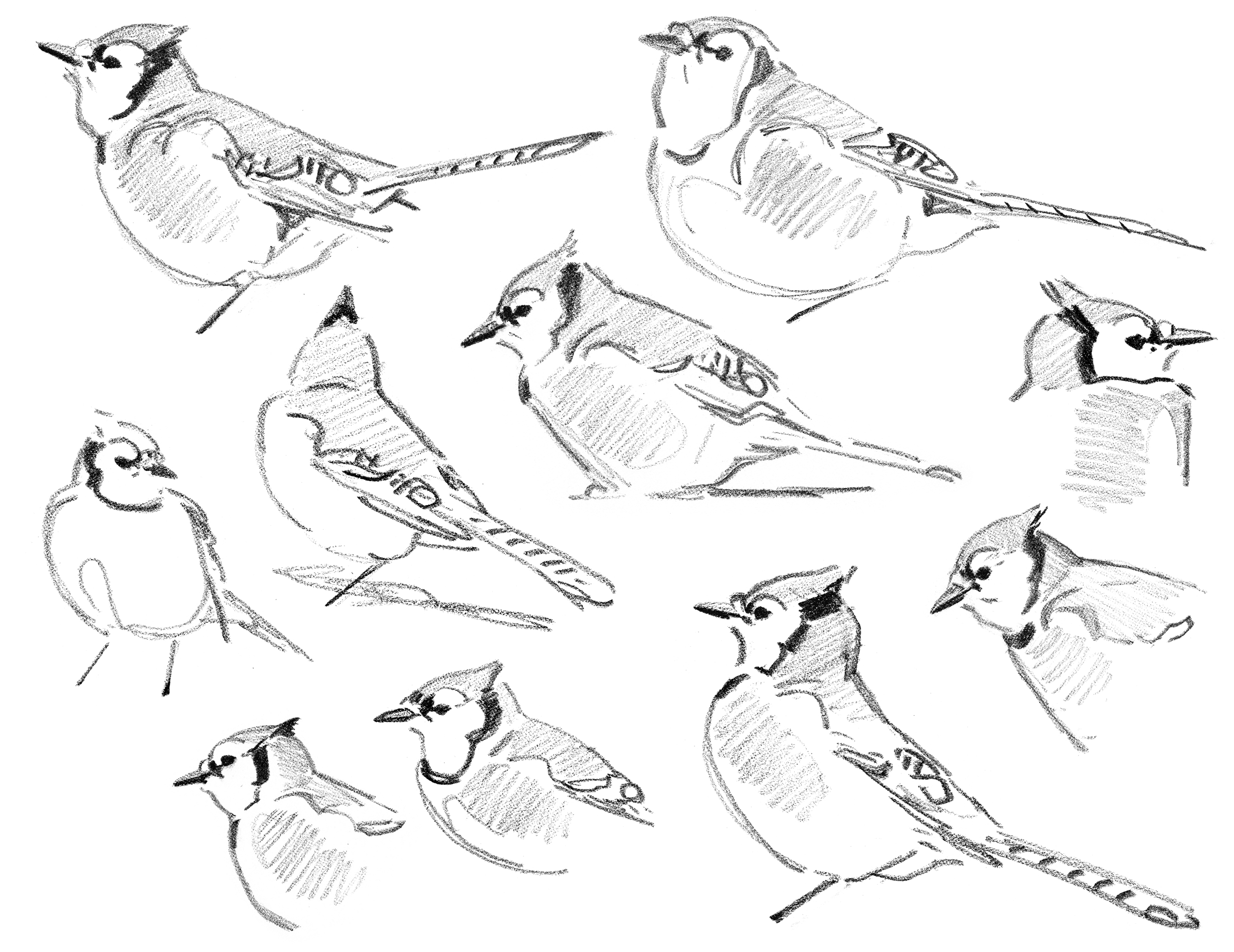
Farms…
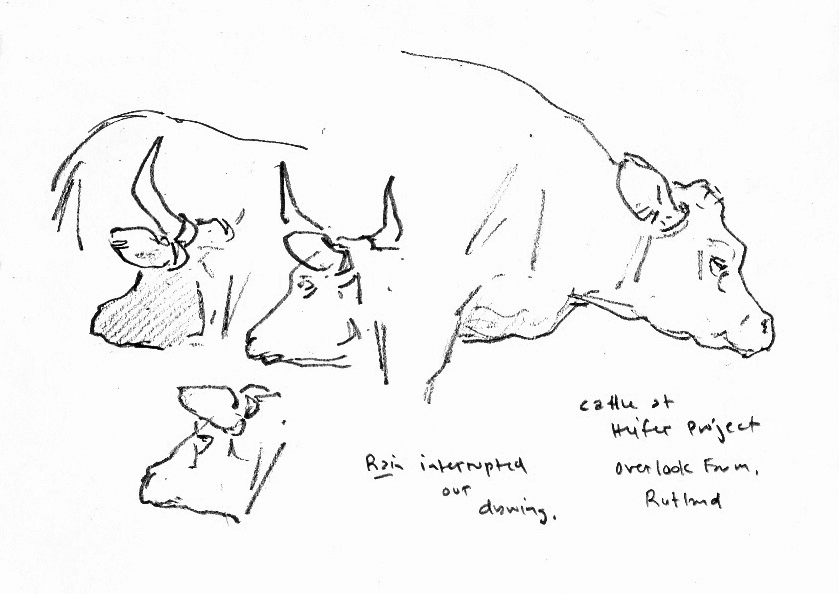
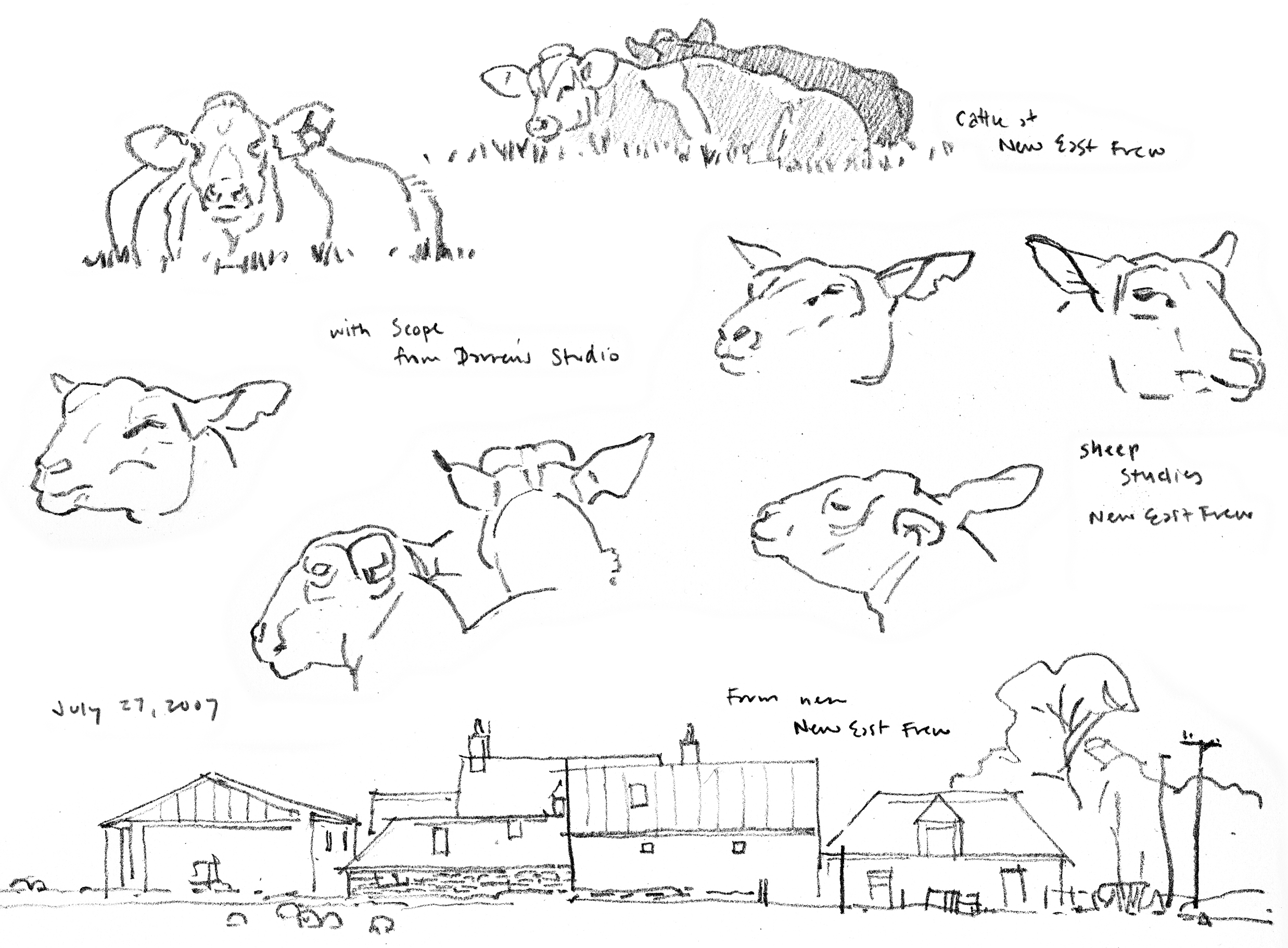
Frog Ponds…

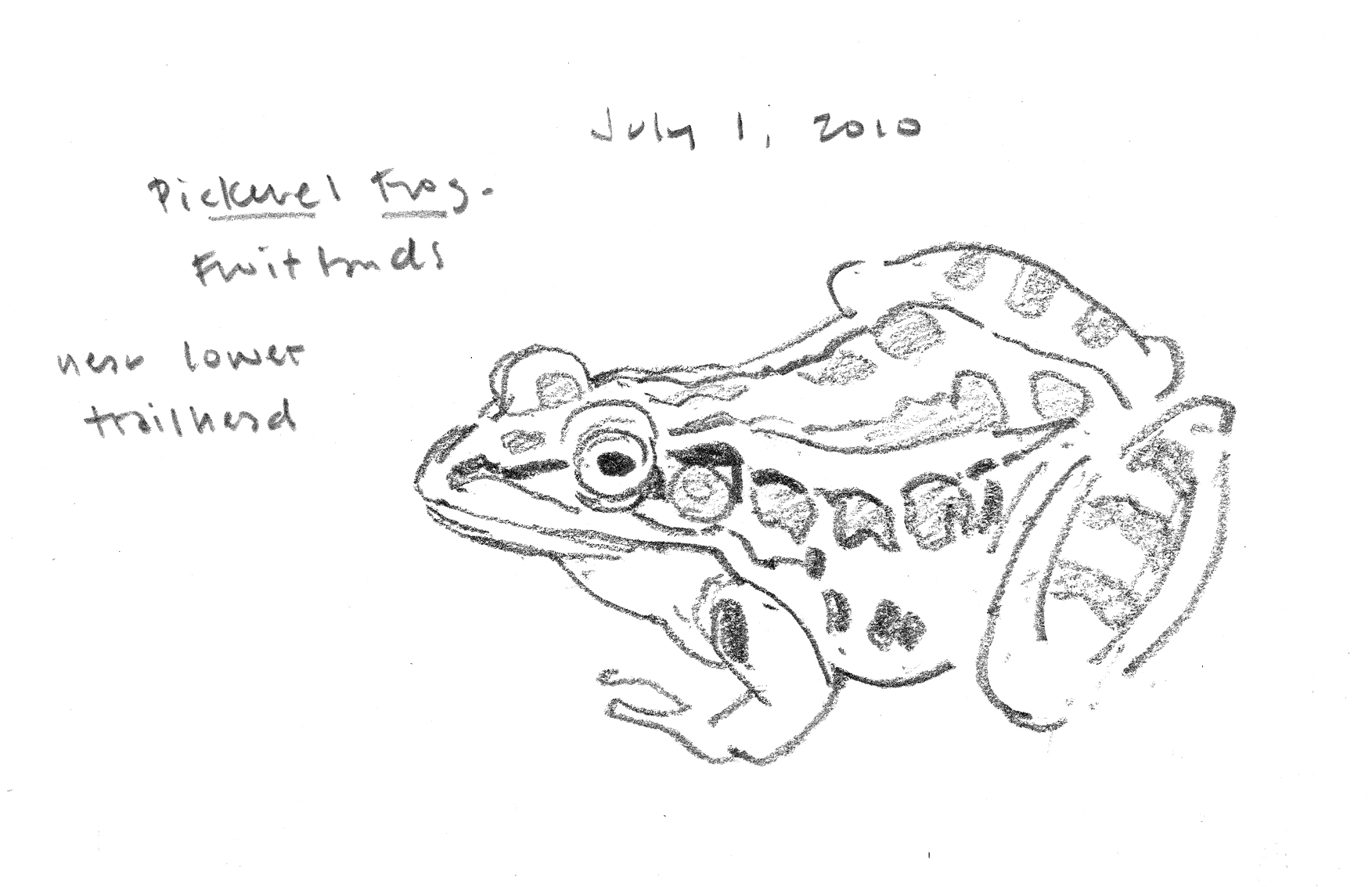
Parks and Duck Ponds…

Zoos and Nature Centers…
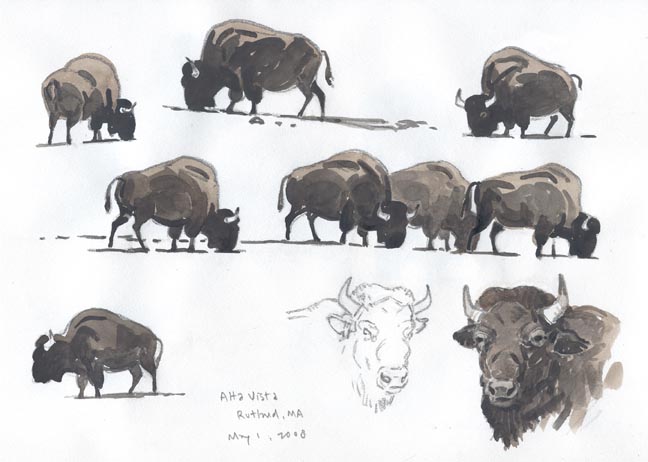
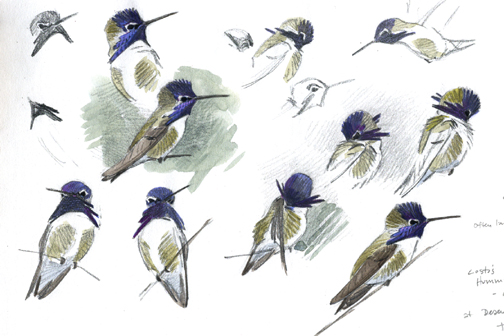
Fish Hatcheries and Aquariums…
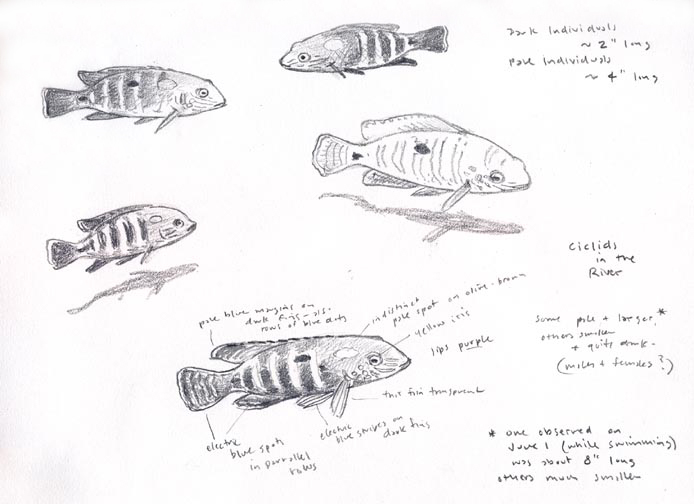
and Butterfly Conservatories…
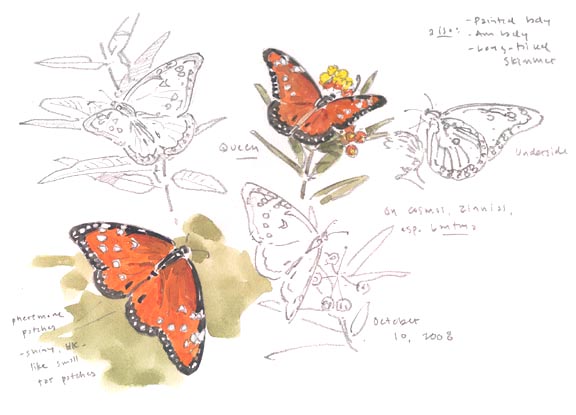

…to name just a few.
Most important is to HAVE FUN and enjoy learning about Nature!
The goal of the Taking Flight exhibition is to create a greater awareness and appreciation for birds while fostering the development of young artists and sharing their work with the public. Submissions accepted March 1–June 15, 2018. Click here for more information.
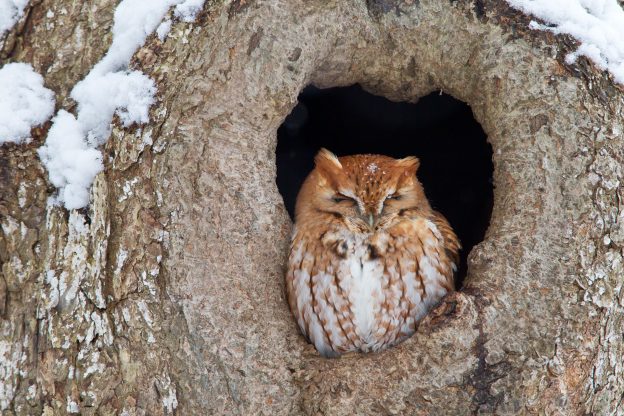
Have you wanted to look closely at and draw a live Great Horned Owl or Barn Owl? Our Drawing Owls from Live program is a unique opportunity to learn about these amazing creatures in an intimate and beautiful setting. This program will take place in the Museum of American Bird Art from 10:30 am to 12:00 pm on Saturday, April 7th, 2018.
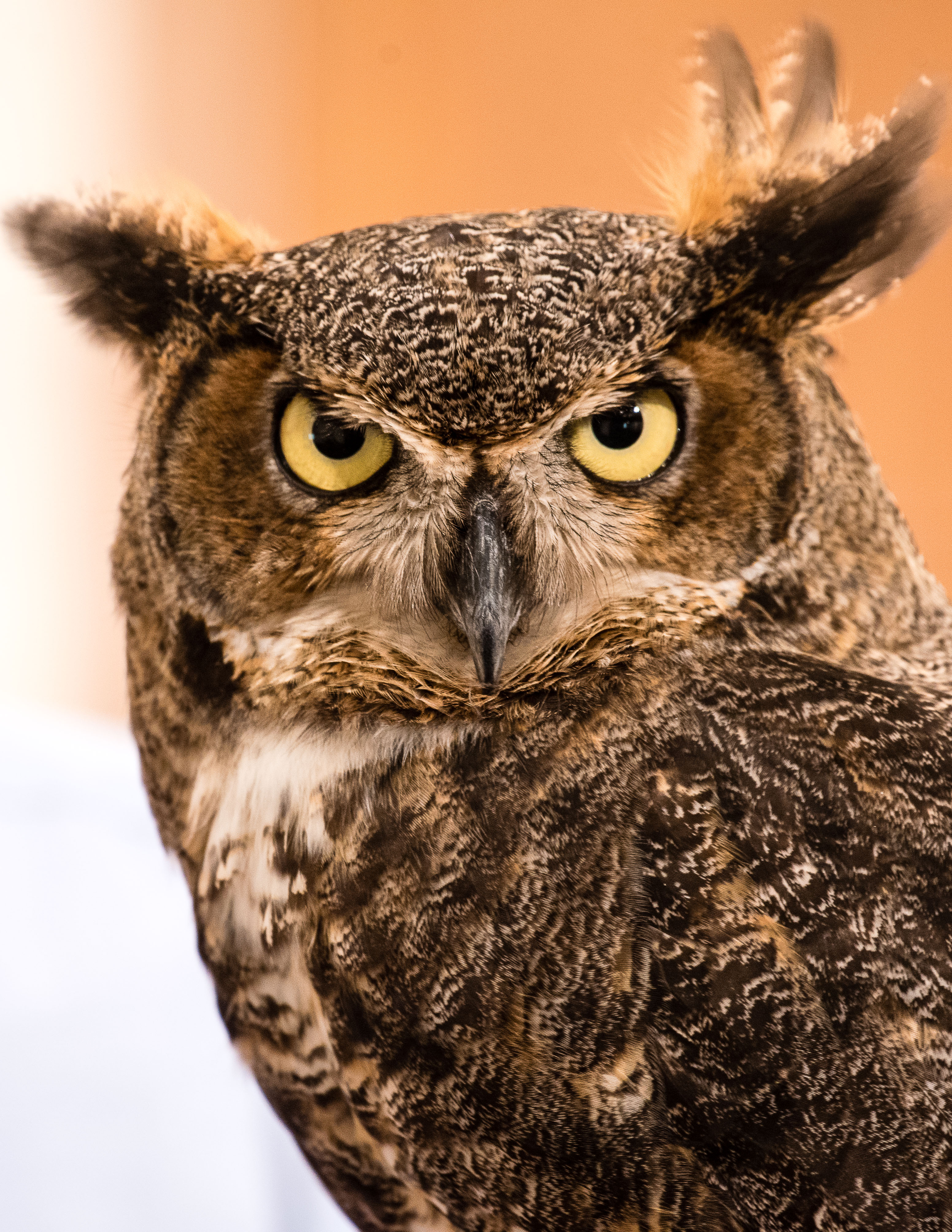
Check out this video from a similar program for homeschool students that took place in February 2018. This will give you a good sense of how close you will be to the Owls, how the program is organized, and our beautiful museum space where the program will take place.
During this class, you will sketch live owls in our beautiful Museum of American Bird Art. Discover more about these amazing creatures from a trained Mass Audubon naturalist, while you learn to draw owls from life with pencil and paper in this hands-on workshop led by a trained Mass Audubon art educator. You will explore methods for developing your owl sketch, as well as techniques for capturing depth, volume, and texture. This program will take place in the Museum of American Bird Art from 10:30 am to 12:00 pm on Saturday, April 7th.
This is from a series of posts by MABA resident artist Barry Van Dusen
Broadmoor Wildlife Sanctuary, Natick on October 15, 2015
After finishing my landscape painting (see Blue Skies of Autumn, part 1), I pack up and head further down the trail. Yellow-rumped warblers are moving thru the Old Orchard in good numbers, and I fill a page with them in my sketchbook. Though they are often the most common warbler in Spring and Fall migration, I never get tired of watching and drawing these birds!
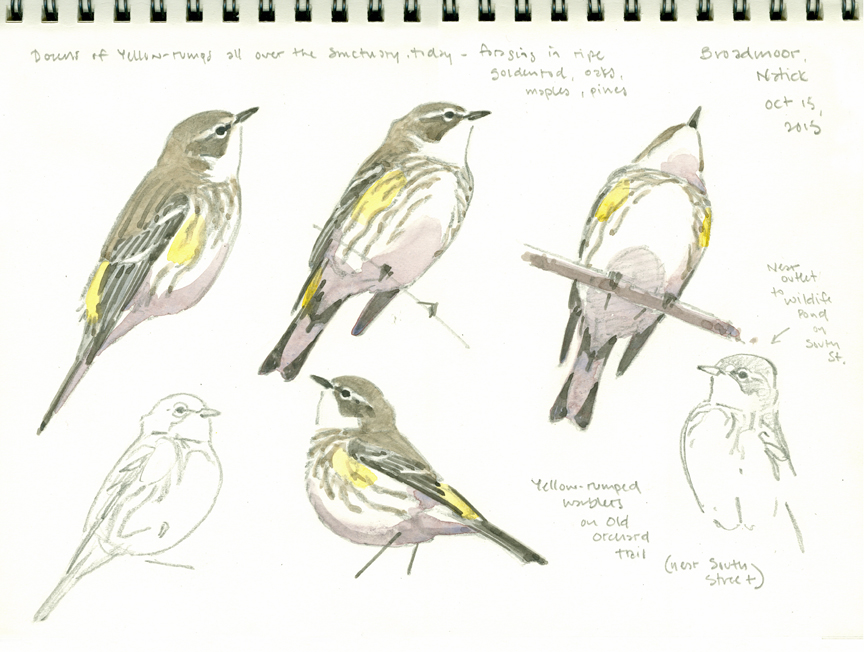
Yellow-rump Studies, sketchbook page, 9″ x 12″
Palm warblers are moving through also, in slightly smaller numbers. They have a special fondness for ripe goldenrod, and I find more than a half dozen of them foraging in the unmowed field near South Street. I get good, close looks at these birds with my scope, and have a chance to study the variations in plumage.
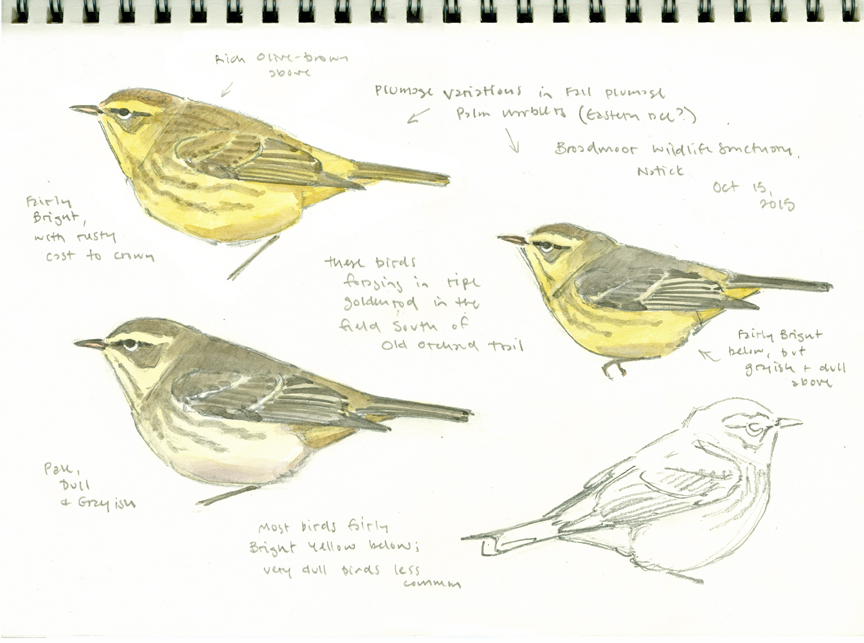
Palm Warbler studies, sketchbook page, 9″ x 12″
Most birds have rich mustard-yellow overtones, but a few are quite plain and gray, and some are bright below but dull above. All of them, however, dip their tails nervously, and when flushed, flash bright white spots in the outer tail feathers.
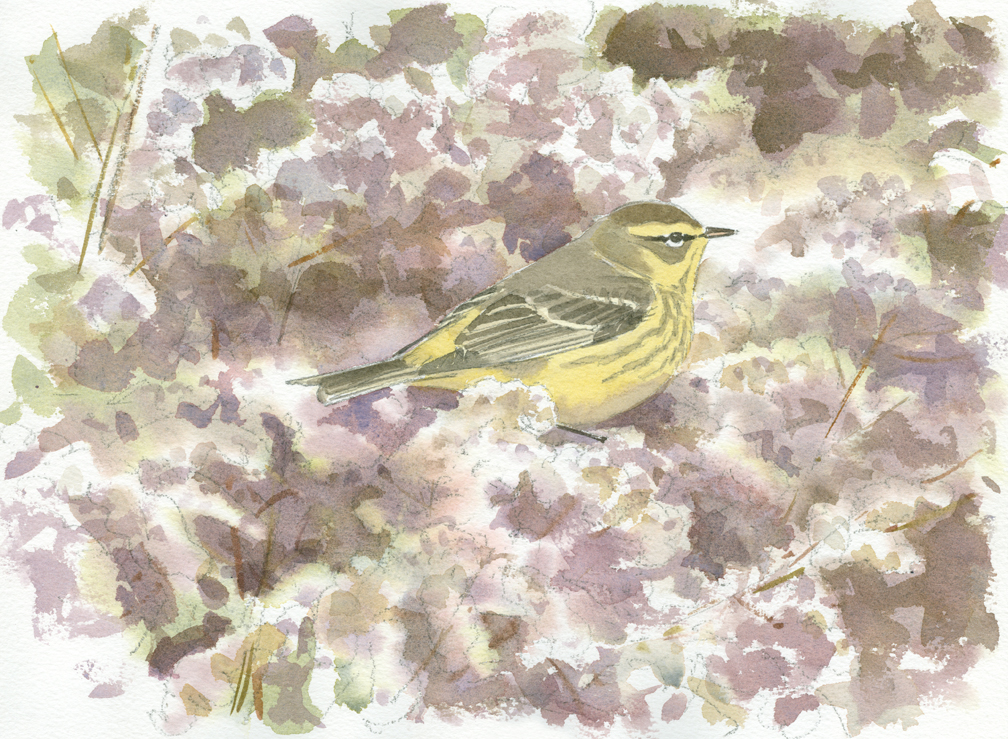
Palm Warbler in Goldenrod, watercolor on Arches rough, 10.25″ x 14.25″
I get so involved with the palm warblers that I lose track of time. I had hoped to get out to see the Charles River on the Charles River Loop Trail, but I get only halfway there before I realize I’m seriously running out of light, and decide I don’t want to find myself on an unfamiliar trail in the dark.
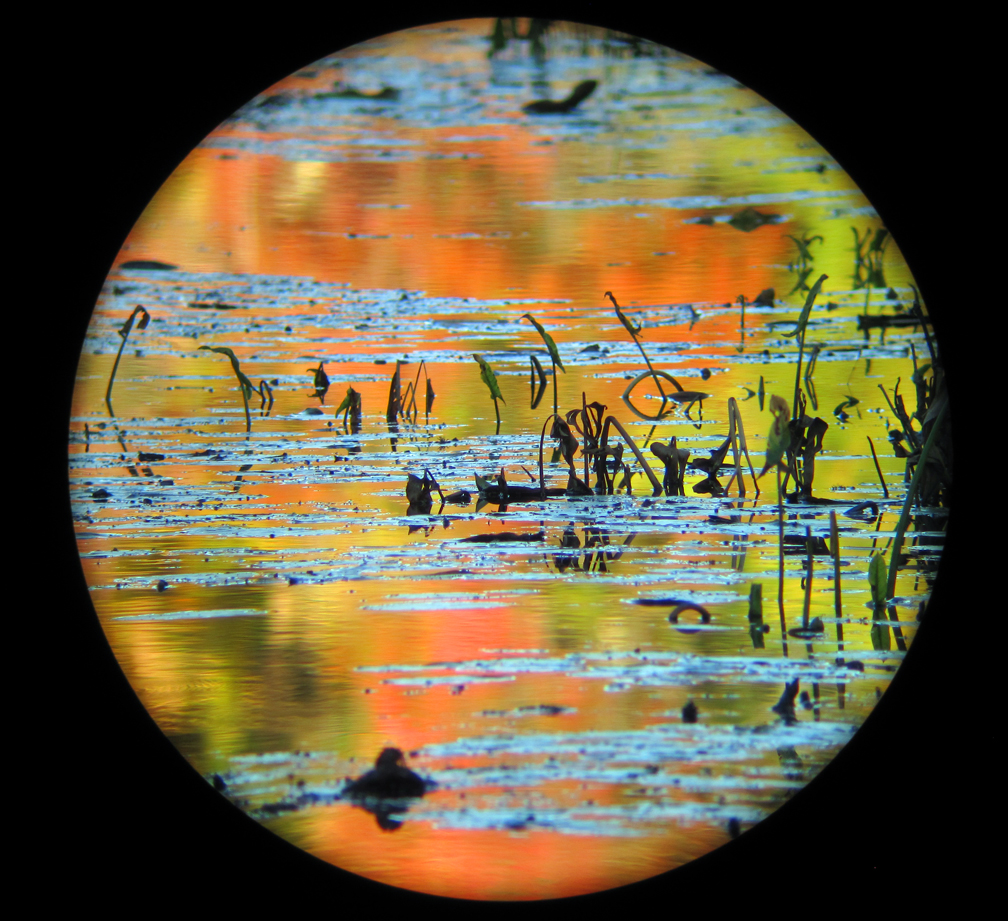
On the way back across the marsh boardwalk, the autumn colors, made even more intense by the setting sun, are reflected in the water and make a nice contrast with the cool blue-green of the lily pads. So much to paint, so little time…
That evening, I enjoy a fine presentation at Broadmoor by Nils Navarro, who has recently written and illustrated a handsome book on Cuban birds. It’s always a treat to meet and share thoughts with a fellow bird painter!
This is from a series of posts by MABA resident artist Barry Van Dusen
Ashumet Holly Wildlife Sanctuary, Falmouth on May 26, 2015 (part 1)
Drawing birds, as opposed to “birding” or photographing them, entails observing and studying individual birds for relatively long periods of time. Perhaps because of this, I often find bird nests during my fieldwork. I’ll notice that a bird I’m observing is hanging around one particular spot, or I’ll see a bird carrying nest material – both clues that a nest is close-by. Today, at Ashumet Holly Wildlife Sanctuary, I found the nests of a yellow warbler, a northern oriole and an orchard oriole!
The nest of the yellow warbler is well hidden in a honeysuckle vine growing up a locust tree. The nest is about 25 feet up, and I can focus on it with my telescope by backing up along the trail.
The female is never far away, and returns frequently but I never see her actually enter the nest. She may not have eggs yet, or may not want to enter the nest with me nearby. I draw as quickly as possible, and then move away.